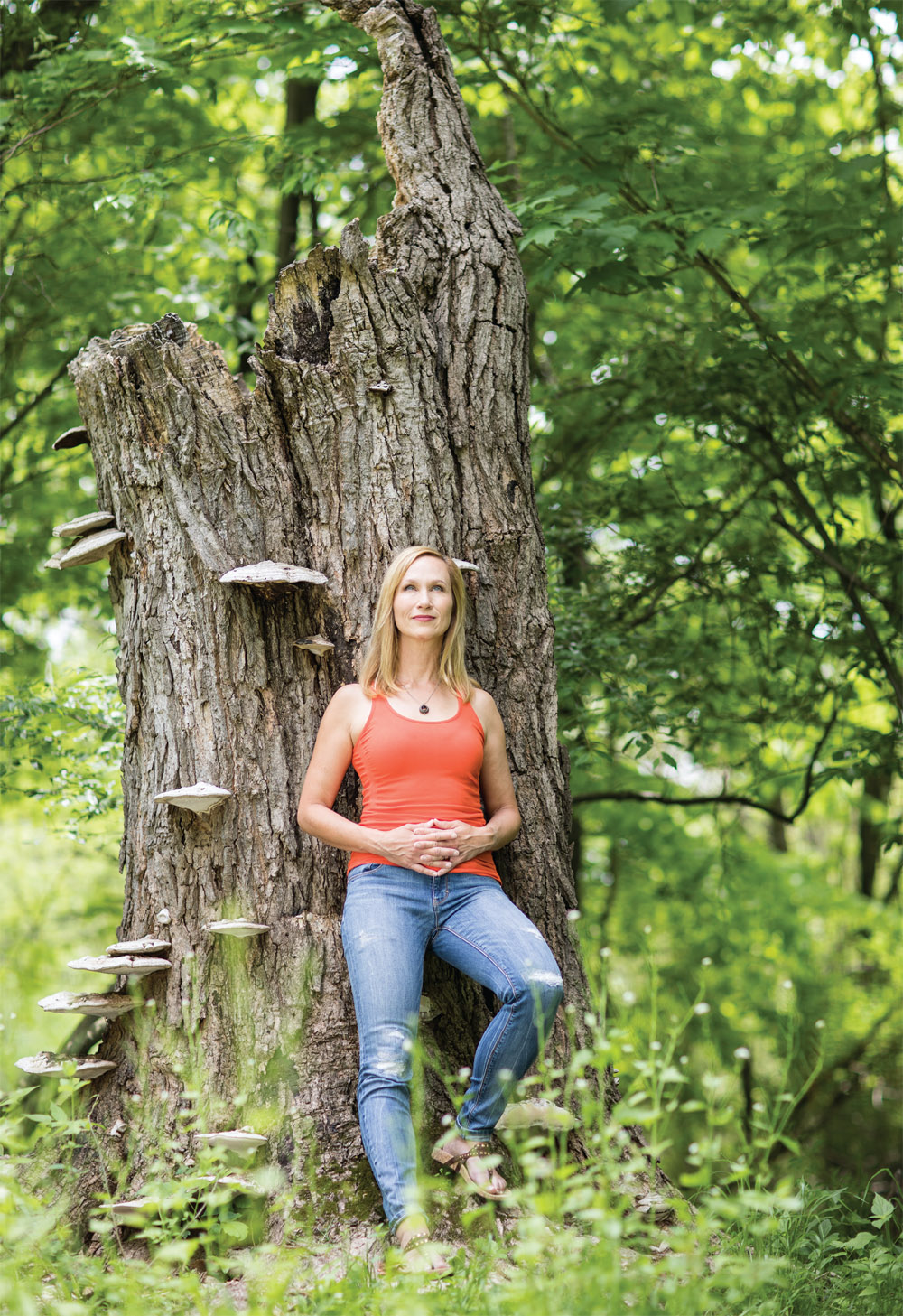
ABOUT THE AUTHOR
Suzanne Bartlett Hackenmiller, MD, is an OB-GYN and Integrative Medicine physician who currently lives and practices in Iowa. She completed OB-GYN residency at Western PennsylvaniaTemple University in Pittsburgh and is a fellowship graduate of the University of Arizona Center for Integrative Medicine. She is board certified by both the American Board of Obstetrics and Gynecology and the American Board of Integrative Medicine. She holds additional certifications in herbal medicine and is a certified forest therapy guide. She currently serves as medical director for the Association of Nature and Forest Therapy.
Dr. Bartlett Hackenmillers interest in integrative medicine and nature therapy arose from her personal journey through raising a child on the autism spectrum, her late husbands death from cancer, dealing with physician burnout, the inadequacies of conventional medicine, and her personal discovery of wellness and solace in both outdoor adventure and mindfulness in nature. She and her current husband, Joe, share a passion for leading workshops combining outdoor adventure and the practice of shinrin-yoku /Japanese forest bathing for womens empowerment, individuals with special needs, cancer survivors, veterans, and others.
She is the author of an award- winning childrens book, A Friend Like John: Understanding Autism , and speaks nationally and internationally on the subject of autism, integrative medicine, and nature therapy.
More information is available at her website, www.IntegrativeInitiative.com.

To Joemy forever adventure partner, my rock
An imprint of The Rowman & Littlefield Publishing Group, Inc.
4501 Forbes Blvd., Ste. 200
Lanham, MD 20706
www.rowman.com
Falcon and FalconGuides are registered trademarks and Make Adventure Your Story is a trademark of The Rowman & Littlefield Publishing Group, Inc.
Distributed by NATIONAL BOOK NETWORK
Copyright 2019 Suzanne Bartlett Hackenmiller, MD
Photos by author unless otherwise noted
All rights reserved. No part of this book may be reproduced in any form or by any electronic or mechanical means, including information storage and retrieval systems, without written permission from the publisher, except by a reviewer who may quote passages in a review.
British Library Cataloguing in Publication Information available
Library of Congress Cataloging-in-Publication Data available
ISBN 978-1-4930-4202-9 (paperback)
ISBN 978-1-4930-4203-6 (e-book)
 The paper used in this publication meets the minimum requirements of American National Standard for Information SciencesPermanence of Paper for Printed Library Materials, ANSI/NISO Z39.48-1992.
The paper used in this publication meets the minimum requirements of American National Standard for Information SciencesPermanence of Paper for Printed Library Materials, ANSI/NISO Z39.48-1992.
Printed in the United States of America
The authors and The Rowman & Littlefield Publishing Group, Inc. assume no liability for accidents happening to, or injuries sustained by, readers who engage in the activities described in this book.
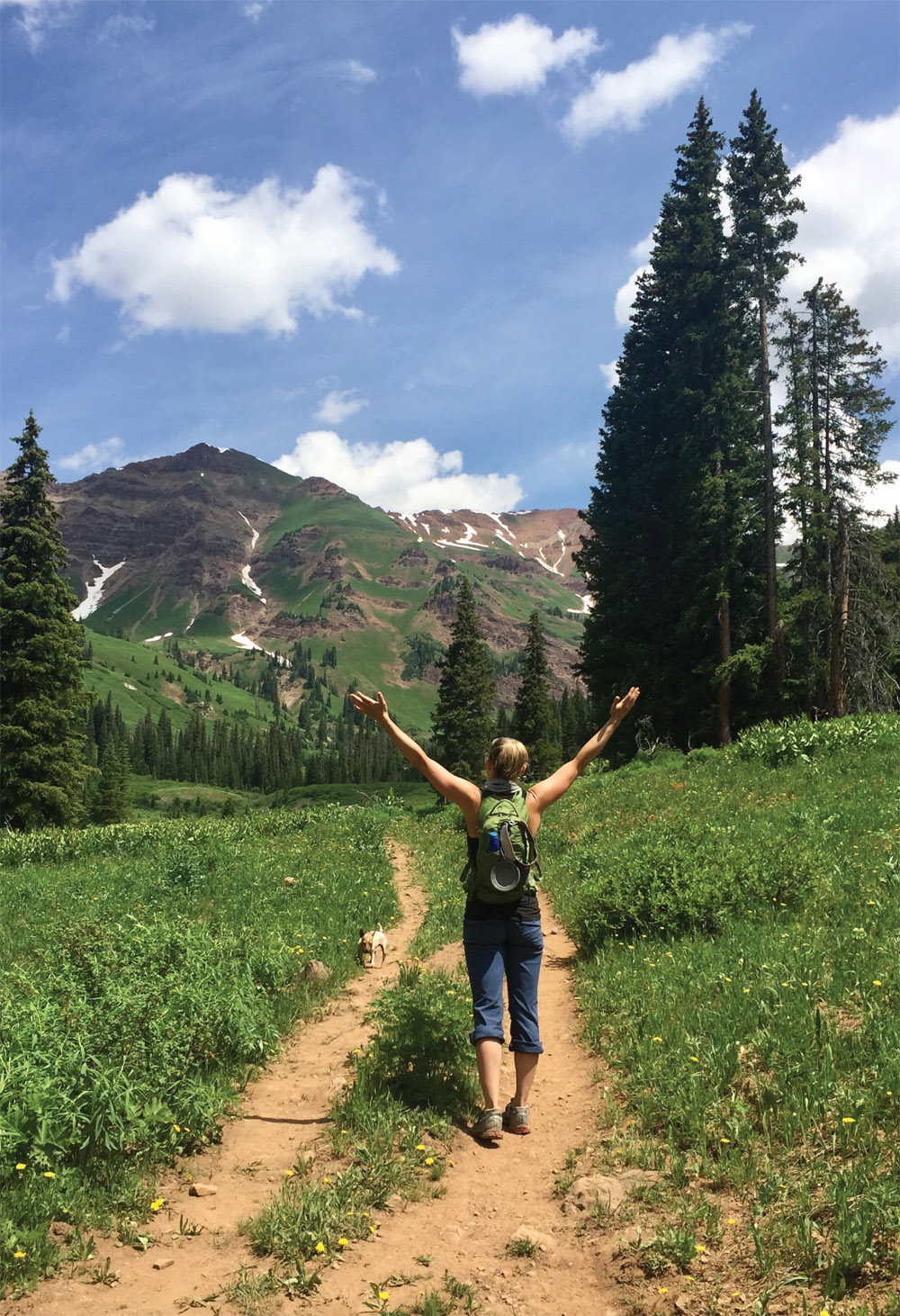

INTRODUCTION
Outdoor adventure has been a source of great thrill, enjoyment, and accomplishment for me for many years. After my husband Dave passed away in 2012, both outdoor adventure and outdoor quiet time became my therapy. I had long found relief from a stressful medical practice in mountain biking, kayaking, scuba diving, and such, but it was the solace found in the contemplative time spent in nature that proved to be especially healing.
Jon Kabat-Zinn, the founder of Mindfulness- Based Stress Reduction, explains that mindfulness means paying attention in a particular way: on purpose, in the present moment, and nonjudgmentally. As a formerly burned-out OB-GYN physician who studied and now practices integrative medicine, the concept of mindfulness was fascinating. For me, this mindfulness was most easily attained when I was outdoors in nature.
Outdoor adventure enthusiasts tend to use language such as conquering, shredding, and bagging peaks. Unfortunately, I have witnessed that the very people one would expect to be stewards of outdoor spaces often destroy these spaces to the point that their activity is banned. Ive seen many beautiful trails, for example, that now sadly sport No Mountain Biking signs. The world has also seen ski resorts with huge carbon footprints that threaten the very future of snow. Bringing mindfulness practices to outdoor enthusiasts is an ideal way to address this. After contemplating gratitude for nature, or slowing down long enough to absorb the awe of ones surroundings, it becomes impossible to recklessly damage these spaces. I have witnessed this revelation among outdoor enthusiasts, and it is most definitely profound.
What is Shinrin-Yoku or Forest Bathing?
From A Little Handbook of Shinrin-Yoku by M. Amos Clifford
Forest Therapy, also known as Shinrin-Yoku, refers to the practice of spending time in forested areas for the purpose of enhancing health, wellness, and happiness. The practice follows the general principle that it is beneficial to spend time bathing in the atmosphere of the forest. The Japanese words translate into English as Forest Bathing. Although we are inspired by the Japanese practice, our use of the terms Forest Therapy and Shinrin-Yoku do not mean a specifically Japanese practice. We mean spending time in nature in a way that invites healing interactions. There is a long tradition of this in cultures throughout the world. Its not just about healing people; it includes healing for the forest (or river, or desert, or whatever environment you are in).
There are an infinite number of healing activities that can be incorporated into a walk in a forest or any other natural area. An activity is likely to be healing when it makes room for listening, for quiet and accepting presence, and for inquiry through all eight of the sensory modes we possess.
This view of healing interactions implies some baseline requirements for Shinrin-Yoku and Forest Therapy:
There is a specific intention to connect with nature in a healing way. This requires mindfully moving through the landscape in ways that cultivate presence, opening all the senses, and actively communicating with the land.
It is not something to rush through. Shinrin-Yoku walks are not undertaken with the primary goal of physical exercise. We prefer to avoid the term hiking because of its implications of physical exertion. As taught by the Association, Shinrin-Yoku walks are typically a mile or less and range in duration from two to four hours.
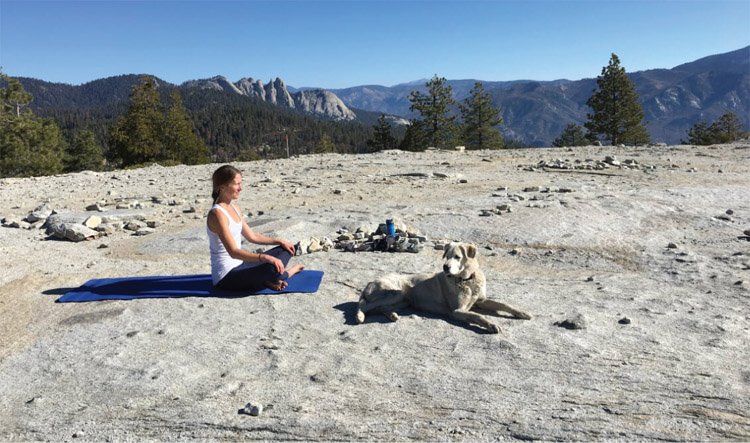
Healing interactions require giving generously of our attention. We encourage mindfulness through an evolving series of suggested invitations. Each invitation is crafted to help participants slow down and open our senses. As we do this we begin to perceive more deeply the nuances of the constant stream of communications rampant in any natural setting. We learn to let the land and its messages penetrate into our minds and hearts more deeply.
Next page

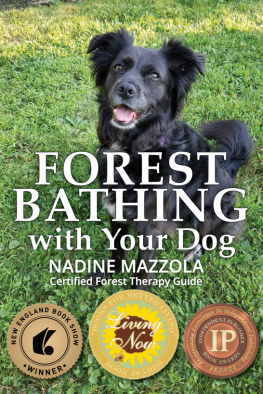

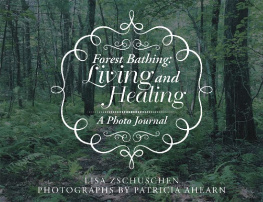
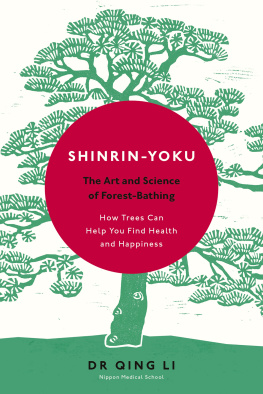
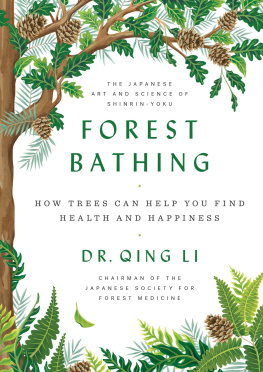
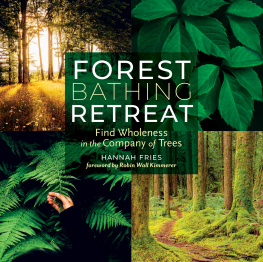
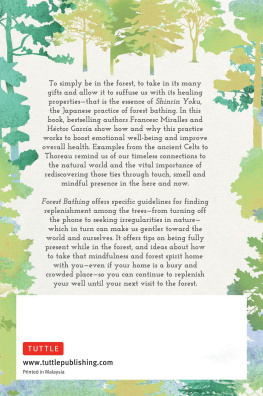
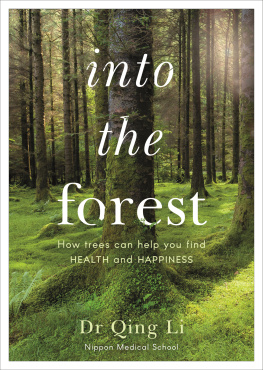
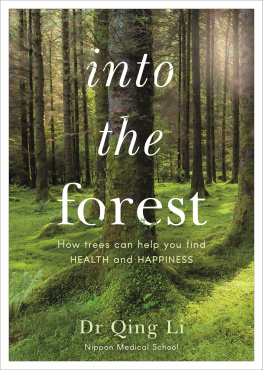
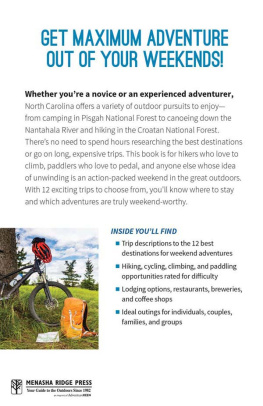


 The paper used in this publication meets the minimum requirements of American National Standard for Information SciencesPermanence of Paper for Printed Library Materials, ANSI/NISO Z39.48-1992.
The paper used in this publication meets the minimum requirements of American National Standard for Information SciencesPermanence of Paper for Printed Library Materials, ANSI/NISO Z39.48-1992.

